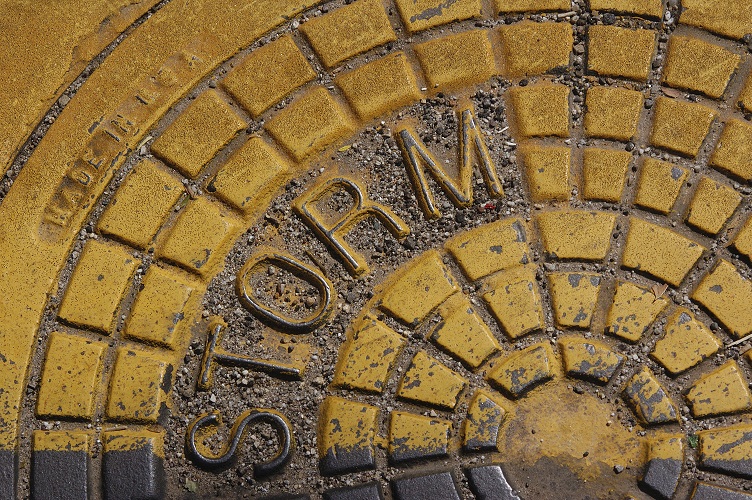The Water Environment Research Foundation (WERF) is developing a toolbox to help communities manage compliance with water quality regulations in a way that integrates multiple disciplines. The project, Users’ Guide for Integrated Planning for Wastewater and Stormwater (SIWM9R14), is led by Geosyntec Consultants with teammates from the University of Cincinnati Economics Center, Patricia McGovern Engineers, and Barnes & Thornburg.
Communities spend significant resources to protect the public, enhance the health of their waterways, and comply with Clean Water Act regulations. Through integrated planning, water quality objectives can be met while simultaneously addressing the competing requirements that arise from separate wastewater and stormwater projects. Sustainable and comprehensive solutions, such as green infrastructure, can improve water quality while enhancing the vitality of communities.
However, integrating planning efforts can be a daunting process. This project builds on WERF’s prior and ongoing integrated planning research. To create a dynamic guide for municipalities and regulators, the team will facilitate community discussions regarding integrated planning and align visions with the realities of implementation. In working with participating communities, the team will develop alternative analysis tools to support water quality trading agreements, green infrastructure strategies, and asset management.
WERF has released Evaluating the Impacts of Cold and Wet Weather Events on Biological Nutrient Removal in Water Resource Recovery Facilities. The study provides a concise description of the primary challenges faced by full-scale biological nutrient removal facilities during adverse weather events. Authors discuss successful and unsuccessful approaches utilities have used to minimize the effects of these weather events.






